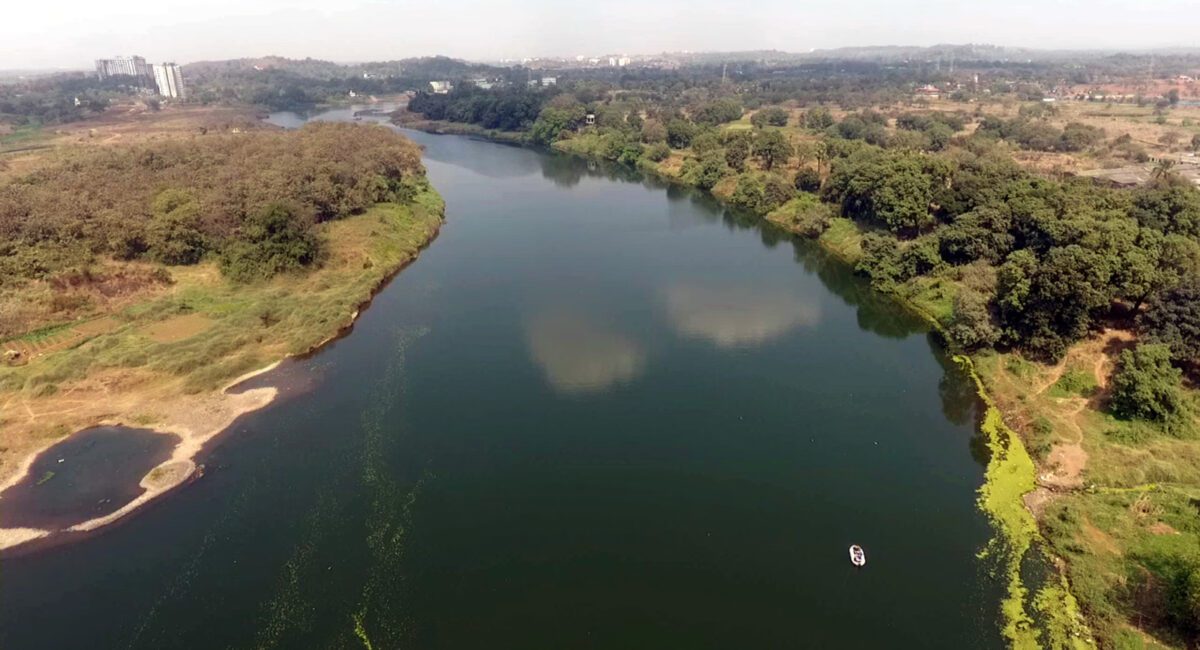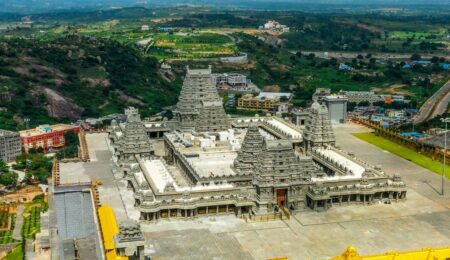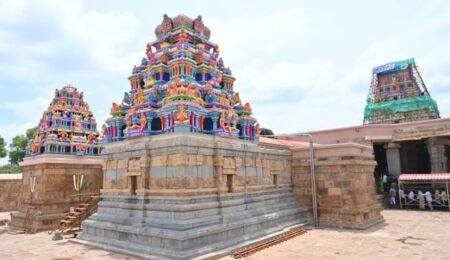Ulhas River – Origin, Route, History, and Key Information
The Ulhas River is one of the most important rivers in Maharashtra, India. Flowing through the scenic regions of the Western Ghats and the bustling Mumbai Metropolitan Region, the Ulhas River plays a crucial role in providing water, supporting biodiversity, and sustaining urban and rural life.
Ulhas River Origin
The Ulhas River originates in the Western Ghats near Khandala, in the Raigad district of Maharashtra. The river begins its journey from the north of Lonavala hills, gathering water from several small streams and mountain springs. The origin of the Ulhas River is surrounded by lush green valleys and steep hill slopes, making it a beautiful sight during the monsoon season.
From its origin, the river descends rapidly, carving through the rocky terrain and forming picturesque valleys before flowing into the plains.
Ulhas River Route and Course
The Ulhas River route covers a distance of approximately 122 kilometers (76 miles). After originating from the Western Ghats, it flows northwards through Karjat and Ulhasnagar, then turns westwards, passing through Kalyan, Thane, and Mira-Bhayandar before emptying into the Thane Creek and Vasai Creek, eventually merging with the Arabian Sea.
Along its route, the Ulhas River forms several distributaries and creeks, which are vital for irrigation, drinking water supply, and local ecosystems. The Ulhas River map shows how it winds through the heart of the Mumbai metropolitan region, serving as a major water source for cities like Thane, Kalyan-Dombivli, and Navi Mumbai.
Ulhas River Length
The Ulhas River length is around 122 kilometers, making it a medium-sized river compared to other major rivers of Maharashtra. Despite its moderate length, the river’s basin supports millions of people and contributes significantly to the regional economy through agriculture, fishing, and urban water supply.
Ulhas River History
The history of the Ulhas River dates back to ancient times. The river has supported human settlement for centuries, providing fertile plains for agriculture and easy access to water. Historical towns like Kalyan and Thane developed along its banks and became prominent trading ports during the Maratha and British eras.
During the colonial period, the river was also used for inland navigation and transport of goods between the coastal areas and the interior regions. Today, while the Ulhas River continues to serve domestic and industrial needs, it also faces challenges from urbanization and pollution concerns that are being addressed through various conservation initiatives.
Ulhas River Map and Geographical Importance
A Ulhas River map clearly depicts its journey from the Western Ghats to the Arabian Sea. The river’s basin covers parts of Raigad, Pune, and Thane districts, making it one of the key drainage systems in western Maharashtra. The river and its tributaries feed several reservoirs and dams, including the Barvi and Bhatsa Dams, which supply water to the Mumbai metropolitan area.
Geographically, the Ulhas River also separates the Salsette Island (where Mumbai is located) from the mainland, influencing both natural drainage and regional development.
Ulhas River Information – Quick Facts
| Parameter | Details |
|---|---|
| River Name | Ulhas River |
| Origin | Western Ghats near Khandala, Raigad District |
| Length | Approximately 122 km |
| Flows Through | Karjat, Ulhasnagar, Kalyan, Thane, Mira-Bhayandar |
| Empties Into | Thane Creek and Vasai Creek (Arabian Sea) |
| Major Uses | Drinking water, irrigation, industrial use, ecosystem support |
| Tributaries | Barvi, Bhatsa, Kalu Rivers |
| States Covered | Maharashtra |
Environmental Importance and Challenges
The Ulhas River is not just a waterway but a lifeline for millions. It supports rich aquatic biodiversity and provides water for agriculture and urban consumption. However, rapid industrialization and urban sprawl have affected its water quality in some regions. Government bodies and NGOs are taking steps to monitor and rejuvenate the river, emphasizing sustainable development and community participation.
Conclusion
The Ulhas River stands as a testament to Maharashtra’s natural and cultural heritage. From its origin in the Western Ghats to its confluence with the Arabian Sea, the river’s journey reflects both natural beauty and human progress. Understanding its route, length, history, and ecological significance helps us appreciate how vital this river is to the region’s environment and future sustainability.




Leave a Comment